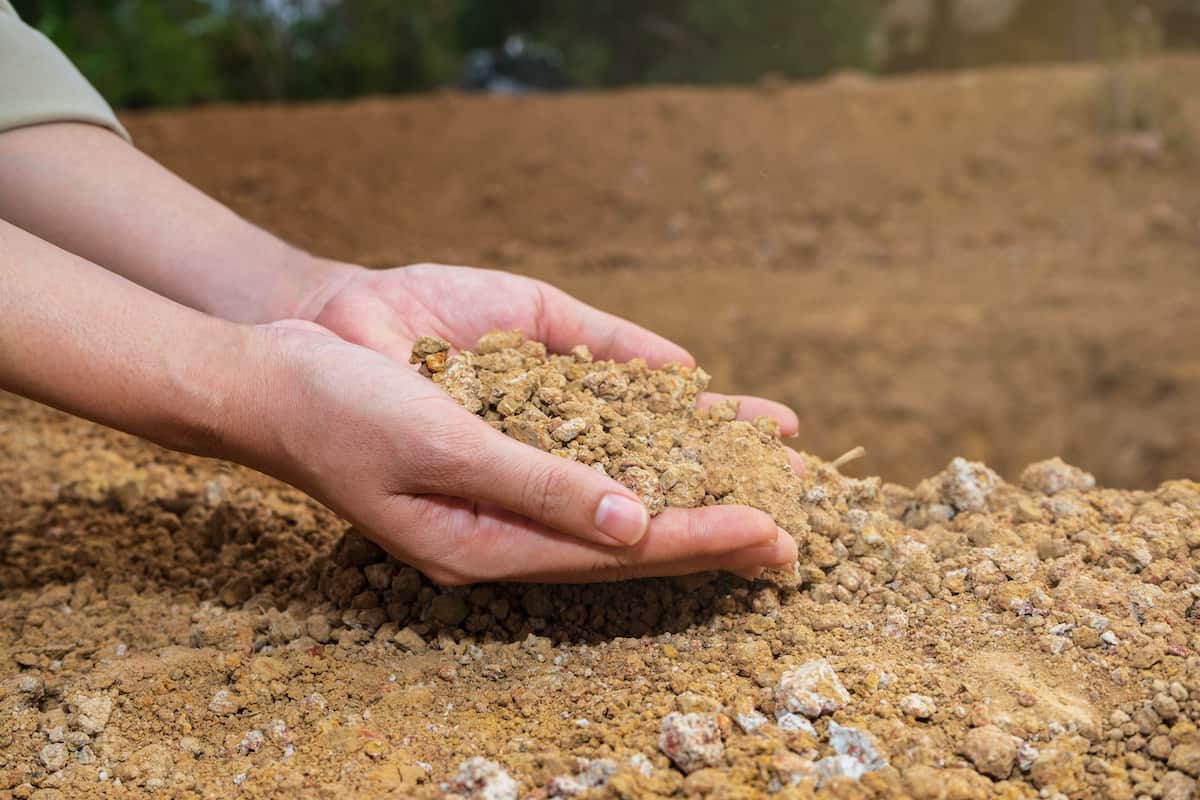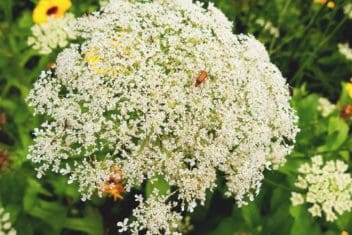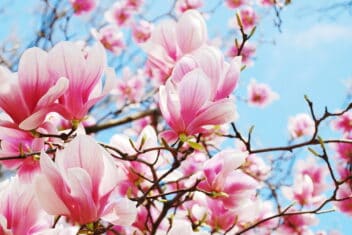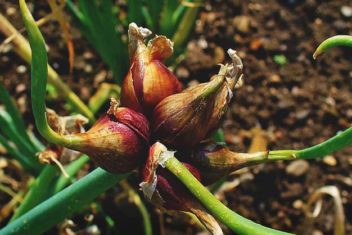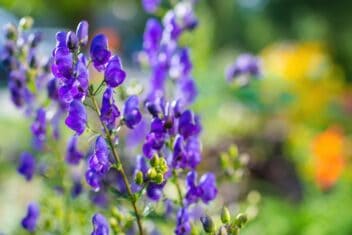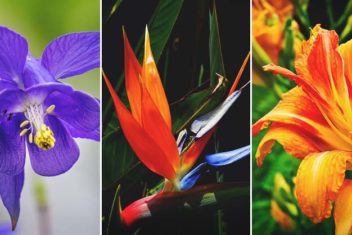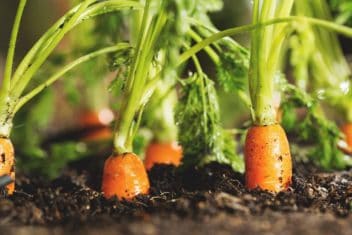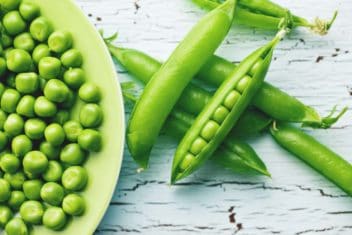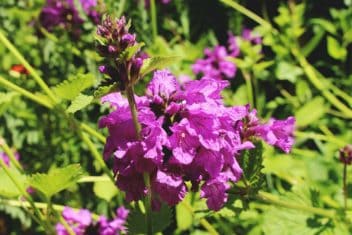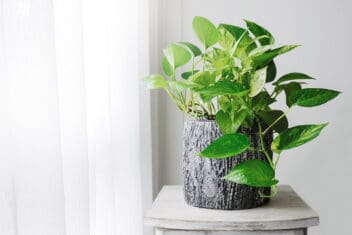Where I live, dry soil is rarely a concern.
My town was more or less built on a swamp, so most of the land where I live tend to remain wet most of the year instead of too dry.
However, there are certain spots in my garden where that is not the case. For example, I have some sections of the garden that are elevated and are too far away from our sprinklers to be adequately watered.
Therefore, these sections have a tendency to remain dry during most of the growing season.
Because I don’t want to waste any section of my garden, I have found ways around this dryness. There are certain plants that grow best in dry soil, like peas and beans, that I plant in this area.
If you’re trying to figure out how to work with the soil you have – instead of against it – you may want to consider this list of the best plants to grow in dry soil. You can also take a few steps to improve your drainage so that your soil remains consistently moist over time.
Here’s what you need to know.
What is Dry Soil – and What Causes It?
When a gardener says that they have “dry soil,” that could have a whole host of meanings.
The dryness could be caused by the climate – if you live in the middle of the Arizona desert, your soil is inevitably going to be dry most of the time.
However, dry soil could also refer to soil that drains too quickly, like sand, and tends to dry up rapidly after a heavy rainstorm.
In some cases, dry soil is caused by erosion, as soil that is at the top of a ridge is more prone to erosion as water runs downhill.
Dry soil can also be related to our own watering practices. In my situation, my dry soil problem could easily be rectified by installing another section of irrigation. Sometimes, the soil is dry simply because it is too hard to consistently water it.
Whatever the case may be, there are plenty of plants you can grow in dry soil, and just as many ways that you can rectify dry soil to reduce your workload over time.
Ornamental Plants Suited to Dry Soil
1. Sedum
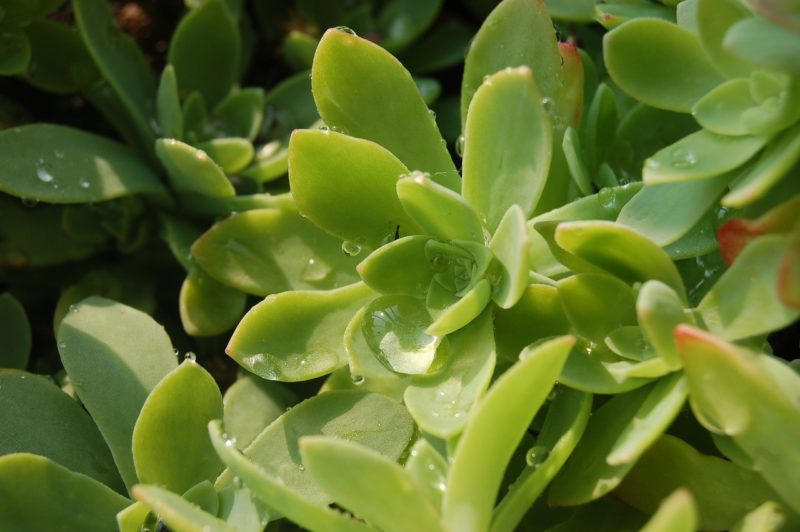
There are several kinds of sedums you can grow in your garden, like stonecrop sedums. These plants are tough and hardy. They grow well in dry conditions and actually have leaves that are similar to those of succulents. Sedum plants can be grown among paving and as border edges.
2. Foxtail Lilies
Foxtail lilies are elegant and graceful to behold – and they grow well in dry soil. They produce long, spider-like root systems that help them access moisture deep in the soil.
3. Agave
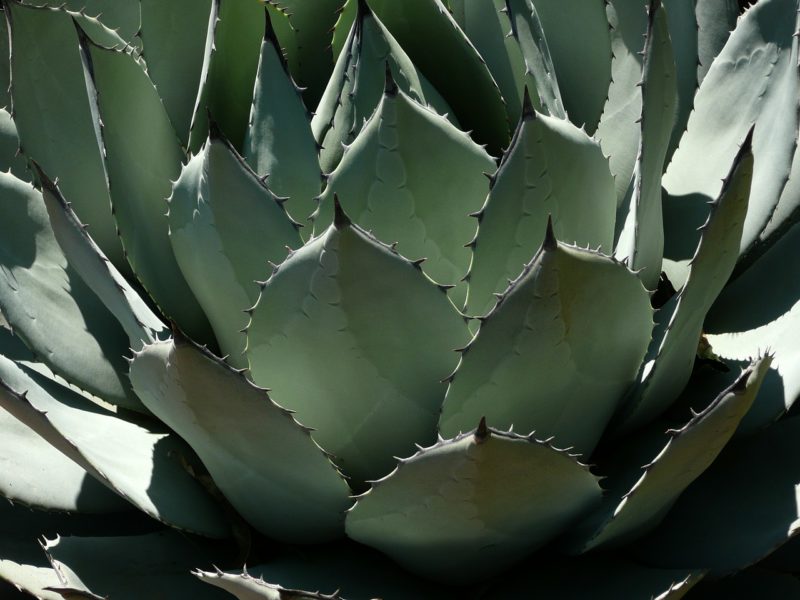
Agaves store water in their foliage and send roots deep beneath the soil to collect any water that’s available. That’s why agave plants grow so well in desert climates and exceptionally dry soil.
4. Bearded Iris
While there are some cultivars of irises that grow well in wet soil, bearded hybrids are known for their ability to grow in drier areas. They store moisture as well as nutrients in their rhizomes so do quite well in a dry garden.
For adequate flowering, just make sure your irises have access to full sunlight.
5. Passion Flowers
Passion Flowers are tropical plants that grow well on a trellis or pergola. Not only do they require minimal water to stay healthy, but they also attract a variety of pollinators including beetles and bees.
Herbs That Appreciate Dry Soil
1. Lavender
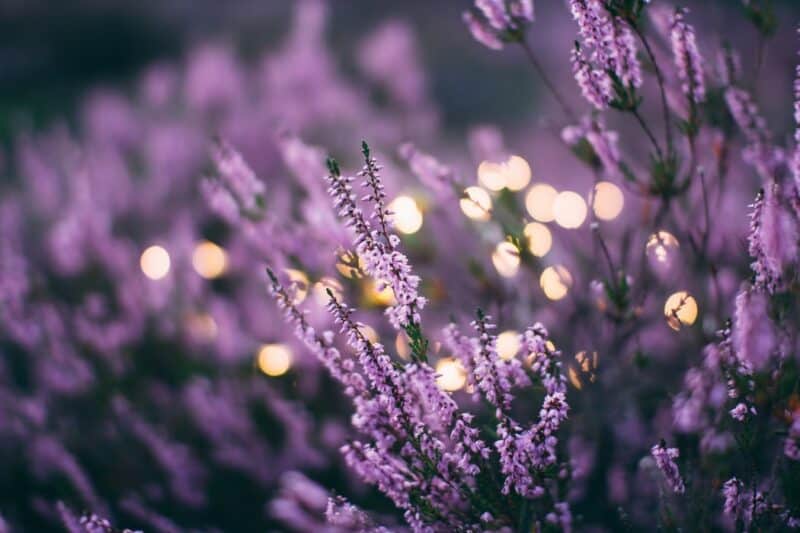
Once established, lavender is a hardy herb that prefers dry soils to wet ones. It’s native to the Mediterranean, where you will find it growing even in pavement cracks!
It’s important to note that lavender grows somewhat invasively once it’s established. You may need to trim it back after flowering to keep it compact.
2. Sage
Another drought-resistant herb that is tolerant of dry soil is sage. As a perennial, sage requires minimal maintenance and will come back year after year. It can be planted as soon as the weather and soil warm up after the last frost.
3. Yarrow
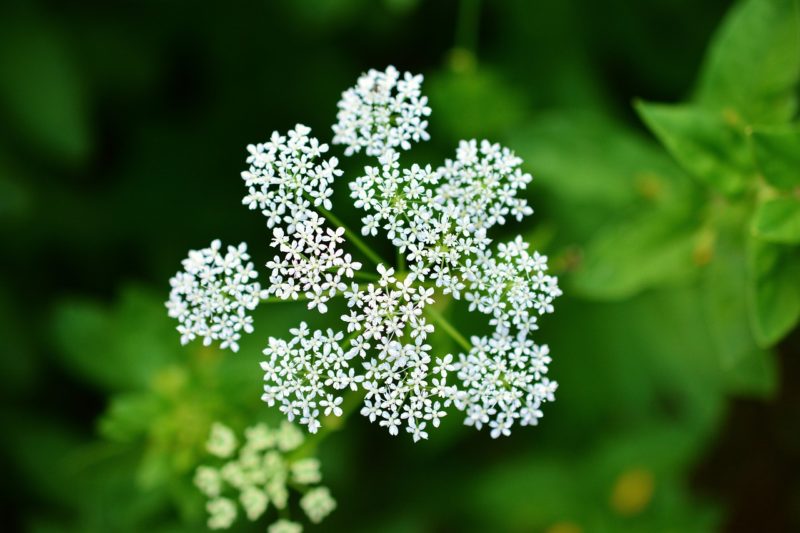
Viewed by some gardeners as a weed, yarrow is actually a powerful medicinal plant that is incredibly low-maintenance. It also loves being grown in dry soil. This plant has small, tightly-packed flowers and decorative foliage that makes it look not unlike a fern.
Yarrow plants are easy to grow in borders, wildflower meadows, and herb gardens. It is hardy in zones 3 through 9.
Dry Soil Vegetables
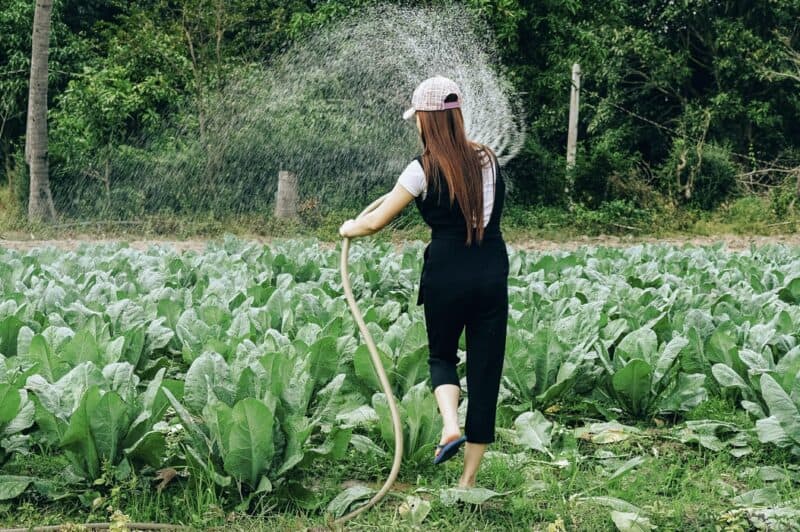
1. Beans & Peas
Beans are adapted to dry conditions at a cellular level and don’t require much water at all. In fact, some beans and peas, like those in the cowpea group (black-eyed peas are an example) grow well even in the desert.
Other popular types of beans, such as pole beans and snap beans, require a short growing season and can set fruit on very little moisture.
2. Okra
Like beans and peas, okra is another heat-loving plant that can be grown in dry soil. You actually have to be careful about conditions that are too cool and wet, as this can stunt the growth of this warm-weather plant.
3. Eggplant
Eggplant is a heat-loving crop that doesn’t mind being grown in dry soil. You will need a bit of moisture to keep the plant healthy and growing well, but not nearly as much as other vegetables that prefer consistently moist ground.
4. Tomato
Tomatoes establish deep root systems, so once they’re established, they can draw moisture from deep within the soil. For best results, you’ll want to plant tomatoes that are from early-producing or heat-resistant strains. This will help you prevent sunscald and other heat-related issues late in the summer.
Fruits Finding Favor in Dry Soil
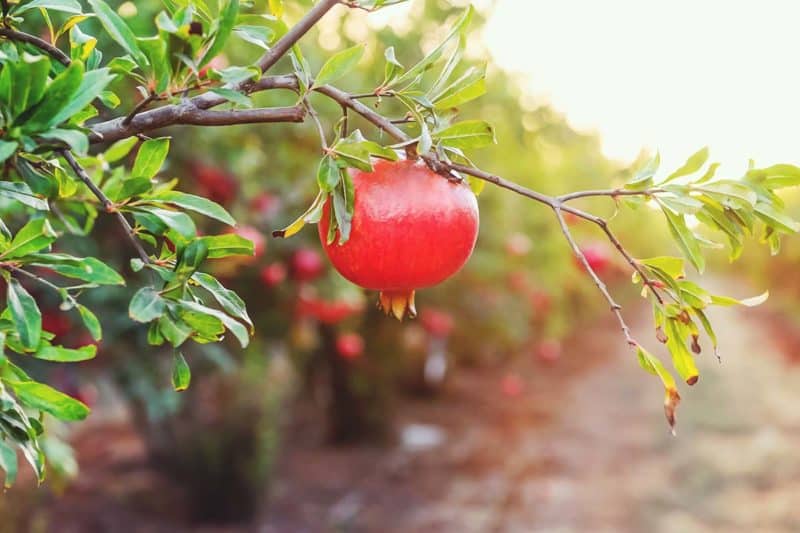
1. Dragon Fruit
Most fruits prefer to be grown in slightly wetter soils since they take so much water to set juicy fruits! However, the dragon fruit is the exception.
This exotic fruit grows best in zones 10 through 11. It is actually a cactus so you really only need to water when the soil is bone-dry. It requires a bit of support since it’s a vining plant.
2. Prickly Pear
The prickly pear is another cactus species that likes being grown in dry soil. Hardy in zones 9 through 11, this plant has ornamental value and also produces delicious colorful fruits.
3. Pomegranate
Pomegranates, hardy in zones 7 to 10, are actually shrubs. They are hardy plants that can live for more than 200 years when cared for properly! These fruits are delicious and loaded with antioxidants. Plus, as long as the plant has full sun to partial shade, it doesn’t require a ton of water.
4. Fig
Figs produce delicious fruits that are high in dietary fiber. You can grow figs in both the garden and containers. Figs can withstand prolonged periods of drought since they produce long, deep roots.
How to Solve Dry Soil Problems
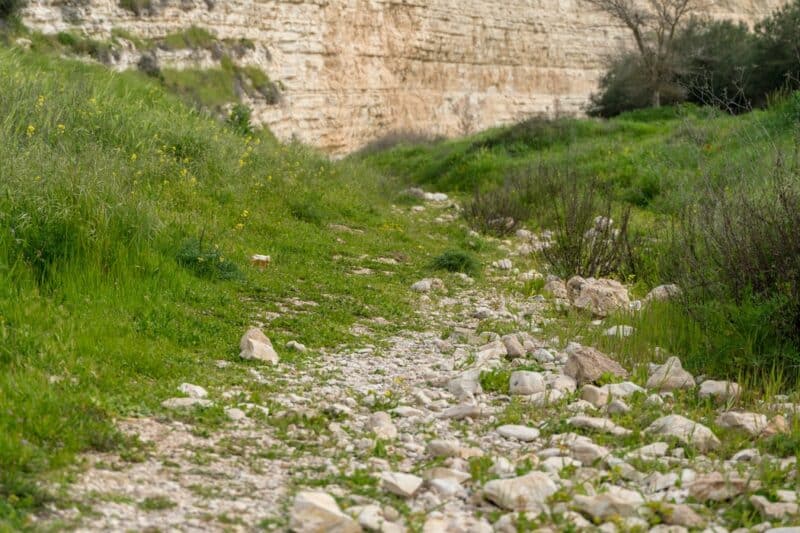
1. Add Organic Matter to Improve Drainage
Adding organic matter, like compost, to your soil is one of the best things you can do for it. Not only does it improve drainage – vital both for soil that is overly wet as well as that which is overly dry – but it adds fertility and attracts beneficial microorganisms, too.
When you add organic matter, you will build the structure of your soil so it holds water more effectively. This is a great tip if your soil is particularly sandy.
2. Install Irrigation Systems
When laying out your garden, try thinking about how you can most efficiently use your space. For example, plant crops with similar watering needs together to make irrigation a bit less time-intensive.
Irrigation is a good way to provide water to plants that may not like being grown in super dry soil. It can often help accommodate for sandy soils as it will take some of the labor out of watering your garden. For the best use of your space and time possible, water your plants at night with drip irrigation at the base of the plants. This will reduce the amount of water that is lost via evaporation and run-off.
3. Break Up Compacted Soils
Compacted soils have a tendency to either hold a lot of water or hold very little water, depending on the type of soil and where you live. You can easily break up compacted soil by using a broadfork or tiller.
Following good gardening hygiene, like planting cover crops in off seasons and avoiding driving across the section of land, can help to prevent compaction, too.
4. Mulch
Mulch is one of the best ways to maintain the health of your plants throughout the growing season.
Ideally, you should add about three inches of mulch or aged compost to your planting areas. This will help moderate the moisture and reduce the amount of water that is leached from your garden.
Other Plants That Grow In Dry Soil
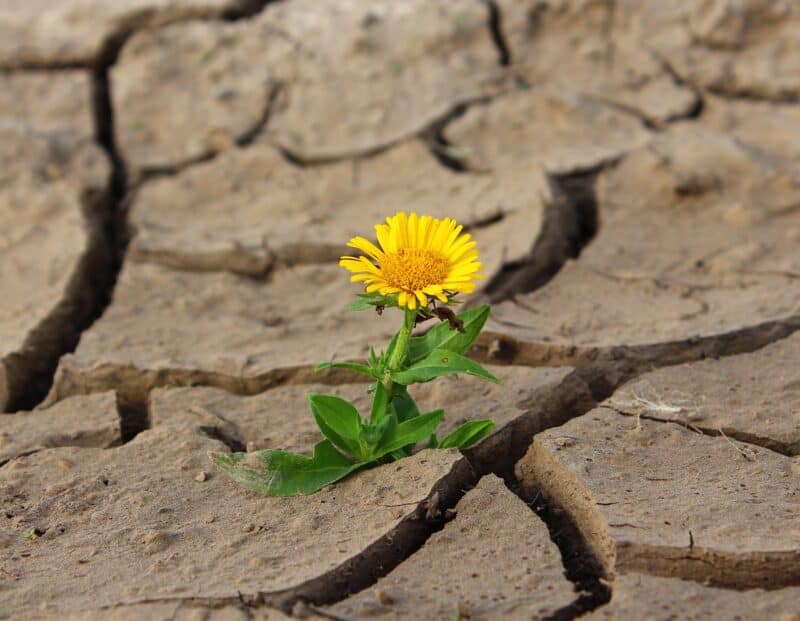
If your soil is dry, don’t despair. There are plenty of ways you can improve the ability of your garden to hold moisture. Although this will take some time, there are plenty of plants you can grow in the meantime that love dry soil, too.
And even if the only plant that can survive in a dry corner of your yard is a weed, there is always creative ways to look at that, such as making dandelion wine!
